Face it, except for the possibility of Cowboy Camping (ie. sleeping with no shelter}, sleeping in a tarp without the extra protection afforded by tents. Is well, pretty daunting to most people. However, in the backcountry unless it's raining most of the time there is little need for a canopy. By the same token, unless you're in the middle of bug season, there is little need for netting.
Years ago on my four and a half month hike of the PCT, I setup a tarp around a dozen times. Fortunately I had good weather for the most part. I've been tarp camping for decades and it's my preferred choice of shelter. That is when I'm not Cowboy Camping, that's sleeping out under the stars.
During bug season, I managed to make due with a good bug net. So clearly one can travel great distances without the need for an enclosed tent.
Hopefully, we'll pass along a few tips on how to make your backcountry travel both lighter and more enjoyable. In addition to our advice, the Internet has a wealth of information on using tarps in the backcountry. So go to Google and keep searching.
Flat vs. Shaped Tarps
I classify tarps into two formats, flat or square tarps and shaped tarps. Flat tarps are the traditional tarp that's generally square and flat. In the last few years a number of variations have been tacked on to tarps to overcome some of the inherent problems with flat tarps. These variations range from adding simple weather beaks to fully shaped tarps that provide full 360 degree protection.
At Six Moon Designs we offer Shaped Tarps because they offer the greatest amount of protection per ounce. They are also the the easiest to setup and get a taut pitch.
Location, Location, Location
The absolute best way to get a good nights sleep in a tarp, is learning just where the best place is to set it up. How to read the terrain. Understand how water flows downhill during rain storms. Plus how to utilize the natural vegetation and surrounding features to make you camp warm and comfortable.
- Water Drainage - Site selection is critical with the use of tarps. Because a tarp lacks a floor, you need to ensure that water drains away from your campsite. So pay close attention to how the water flows. The last thing you want is to wake up at 2 am lying in a puddle of water.
- Natural Wind Breaks - If you can locate a site that has a natural wind break, either with boulders or vegetation, you'll have a more comfortable nights sleep. With flat tarps you'll need to locate the door on the side of the wind break. This way if the wind shifts in the night, you'll still have a level of protections.
- Overhead Protection - Camping out in open fields always makes for nice photos. Particularly as the sun begins to set. However, these locations are the worst for setting up your shelter. Sleeping under open skies can be as much as 15 degrees colder than sleeping under forest canopy. In addition you're much more likely to wake up in a condensation laden tent.
Happy Tarping!


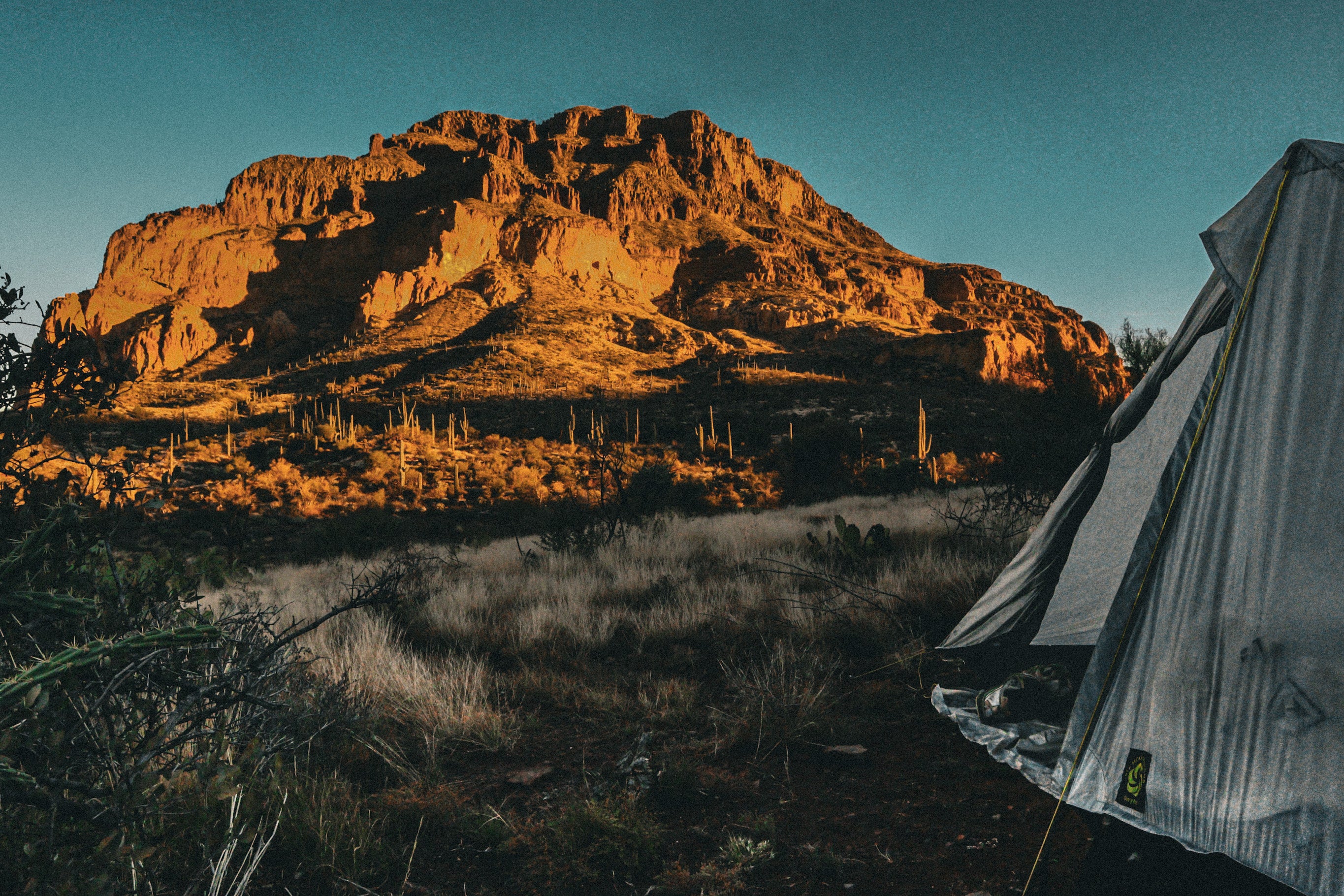
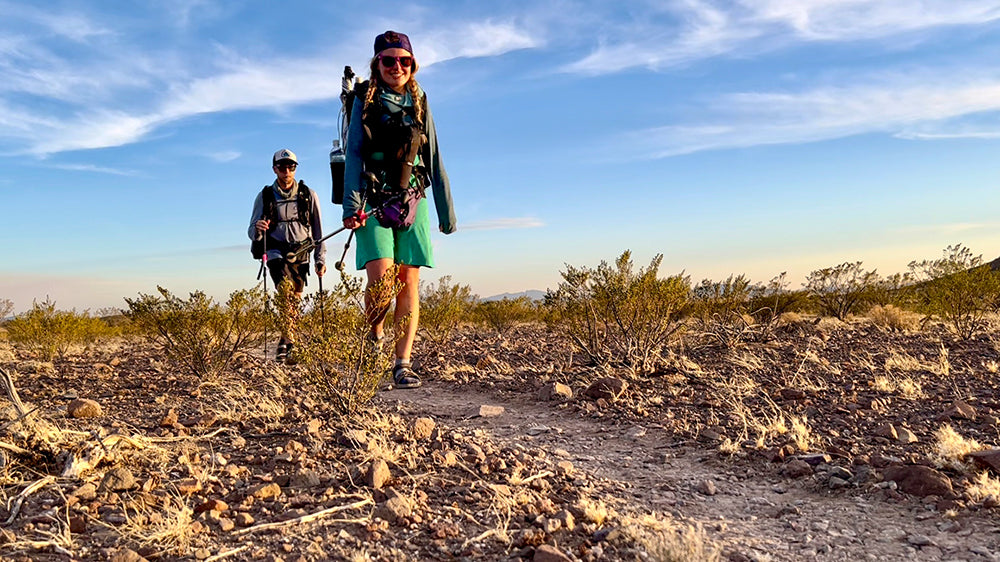
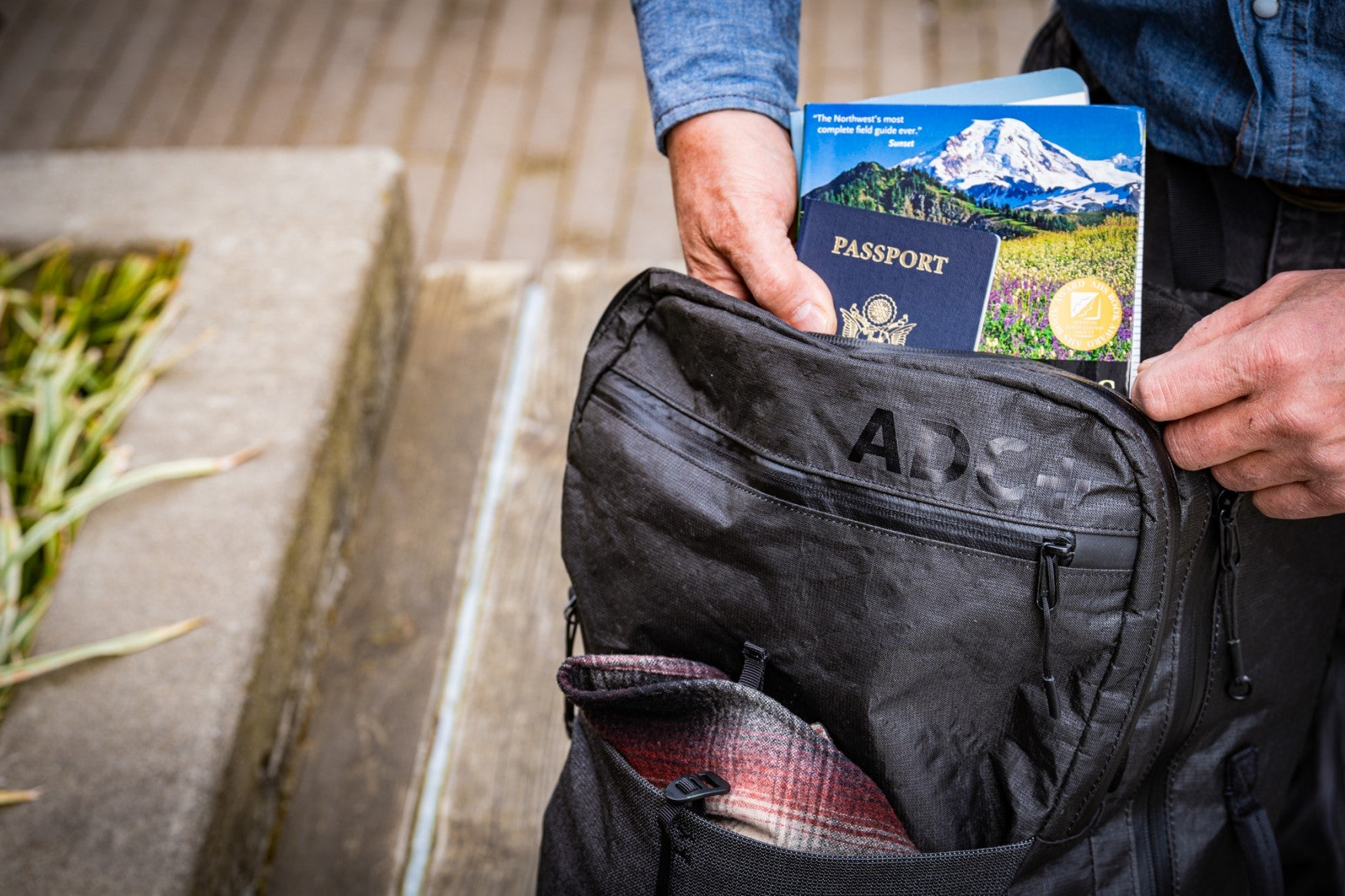
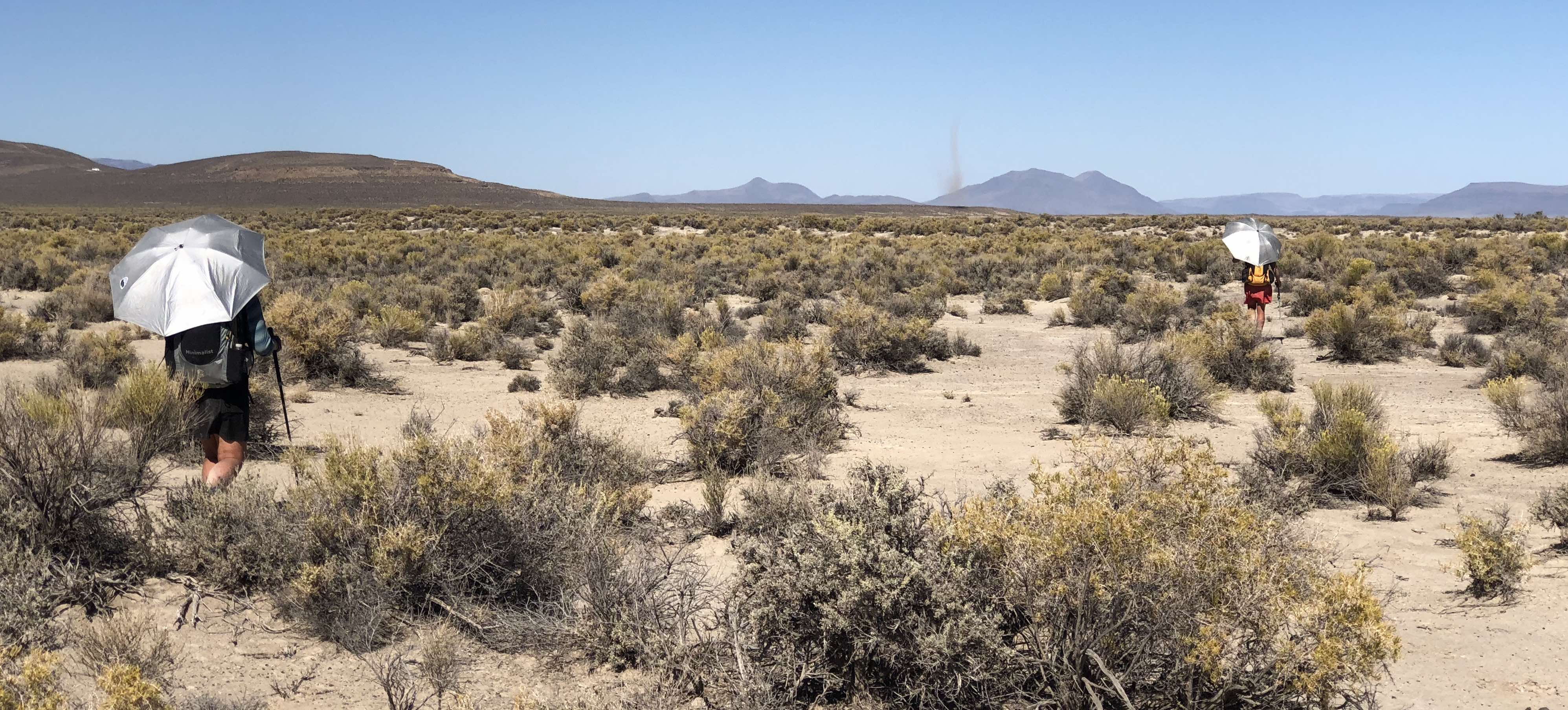
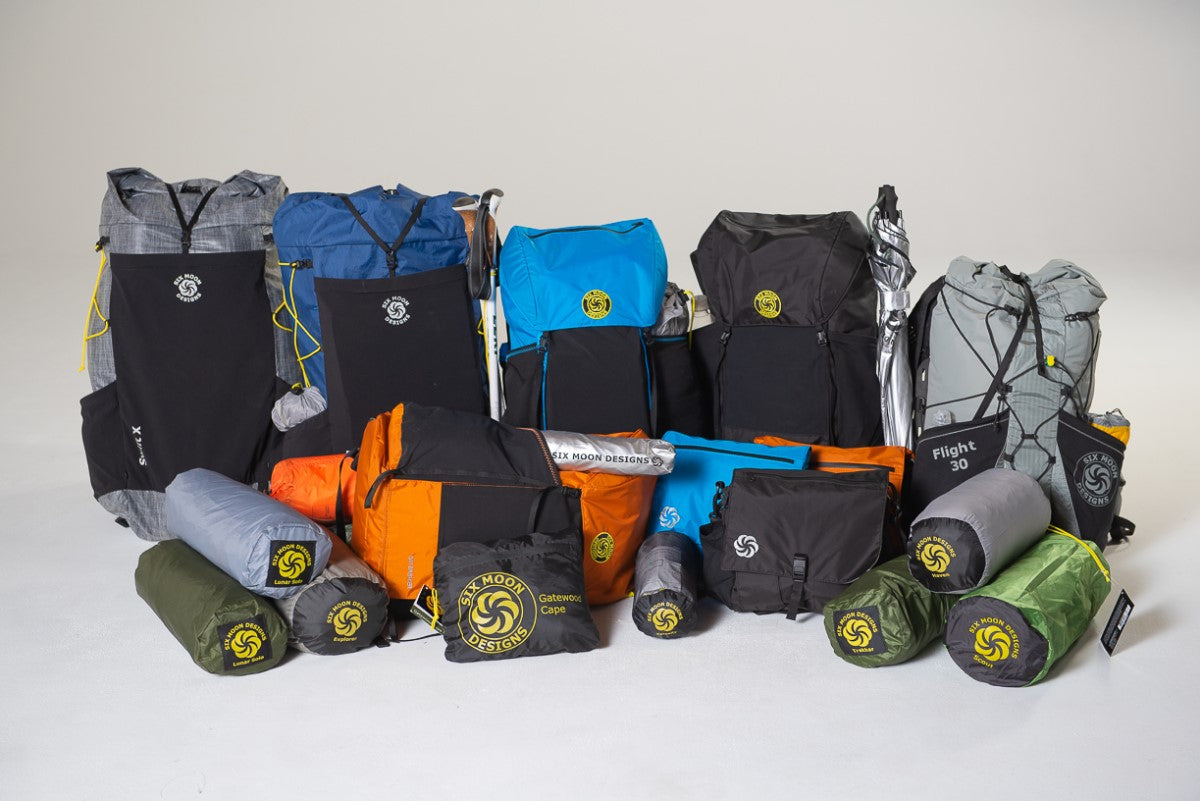
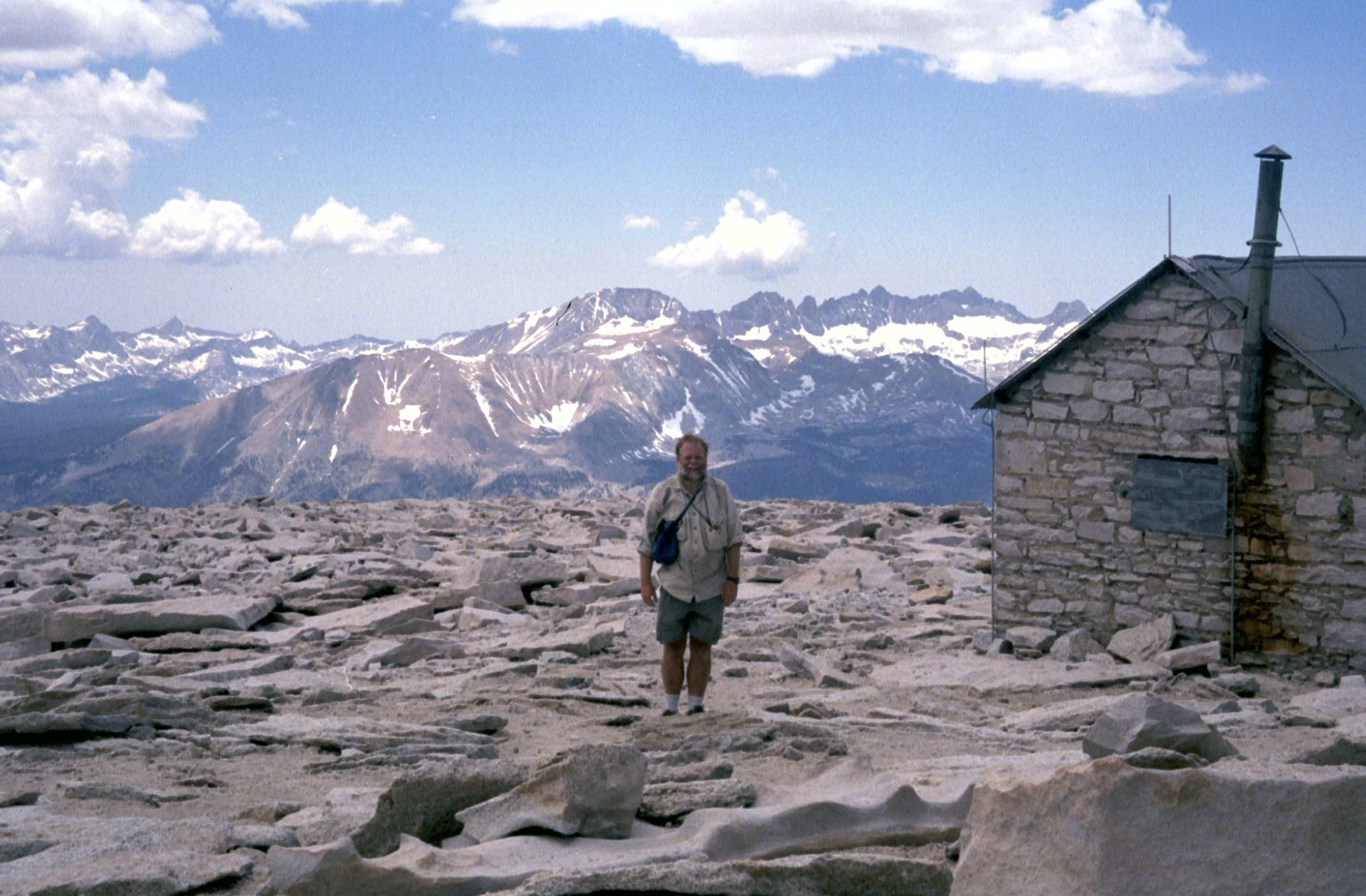
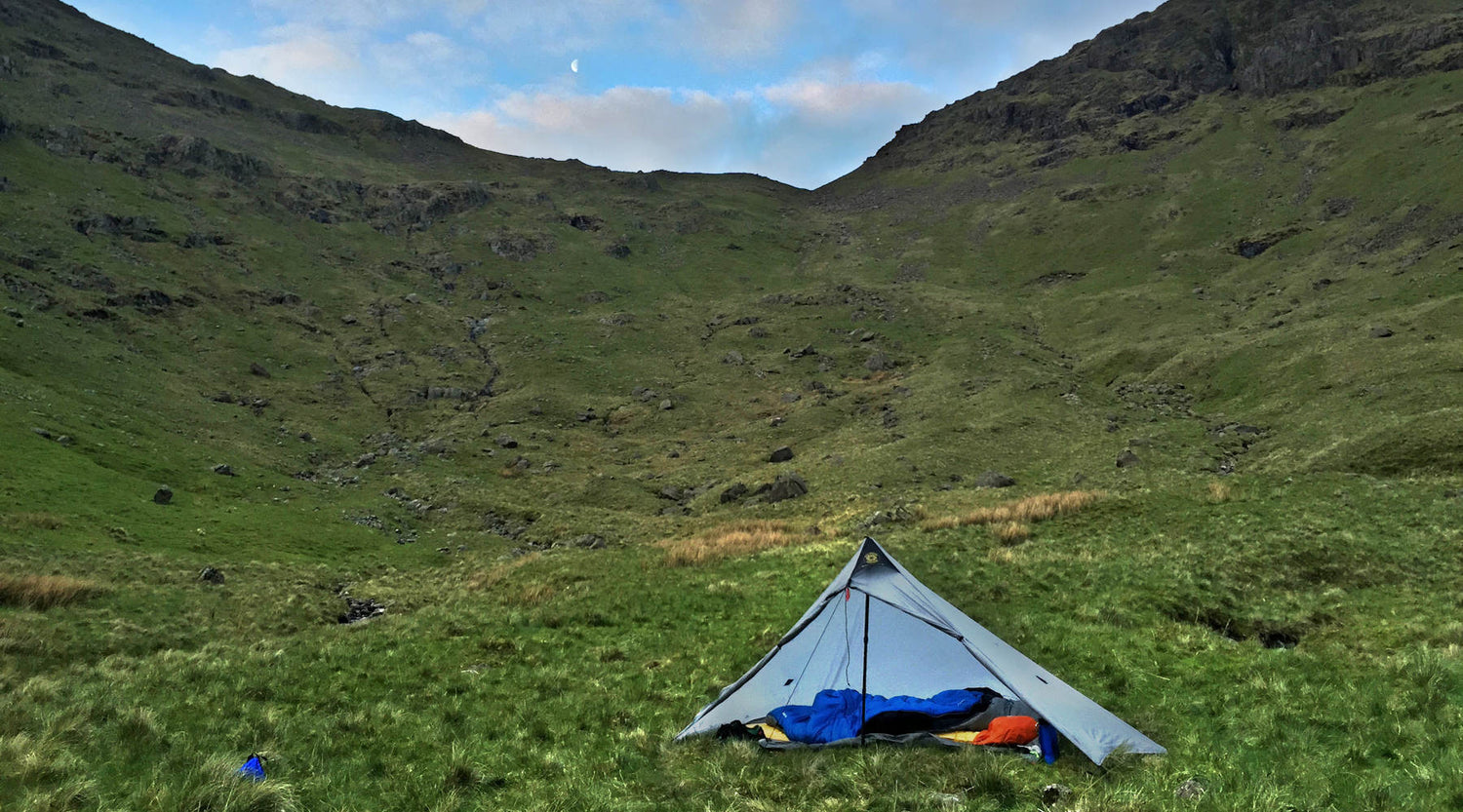
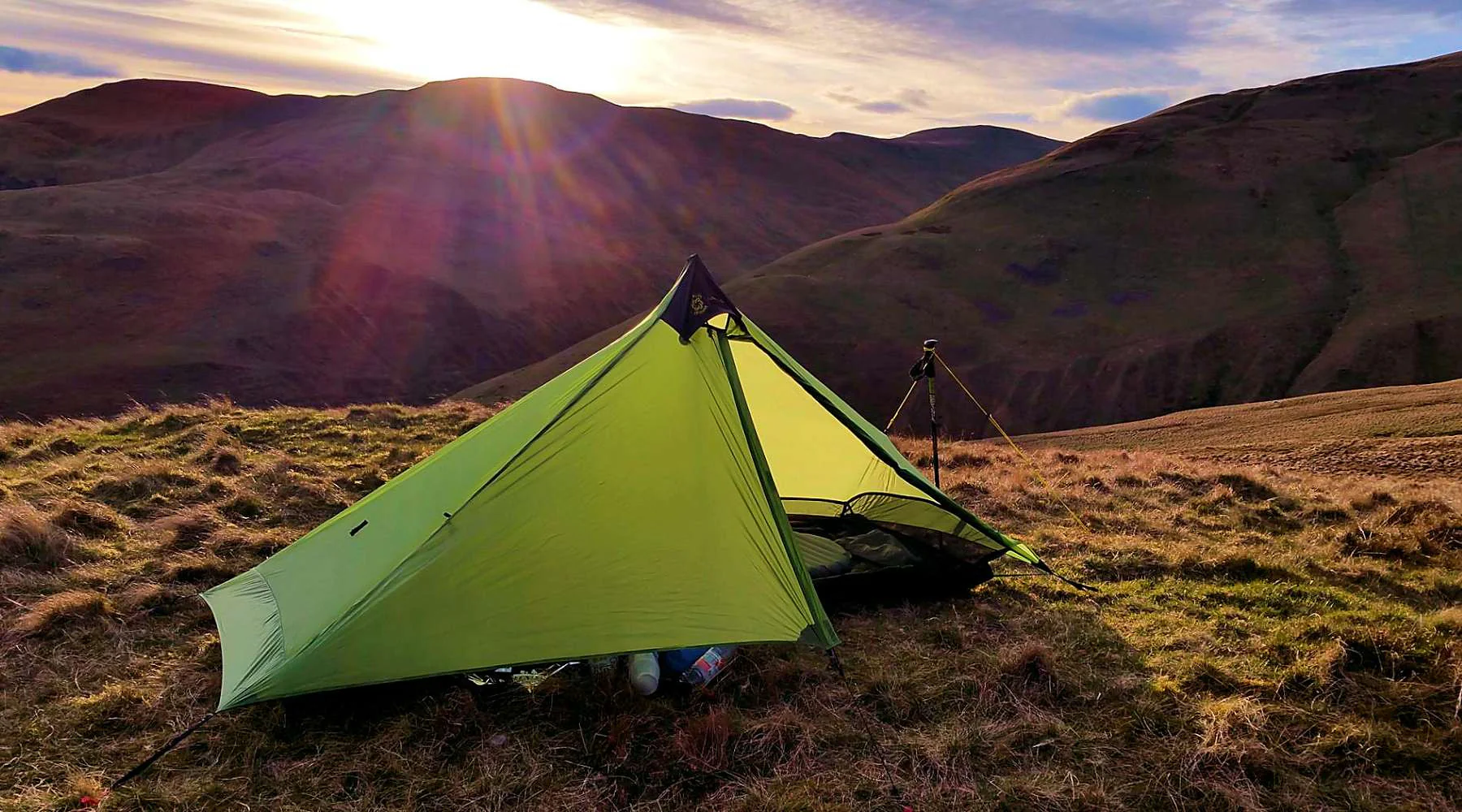
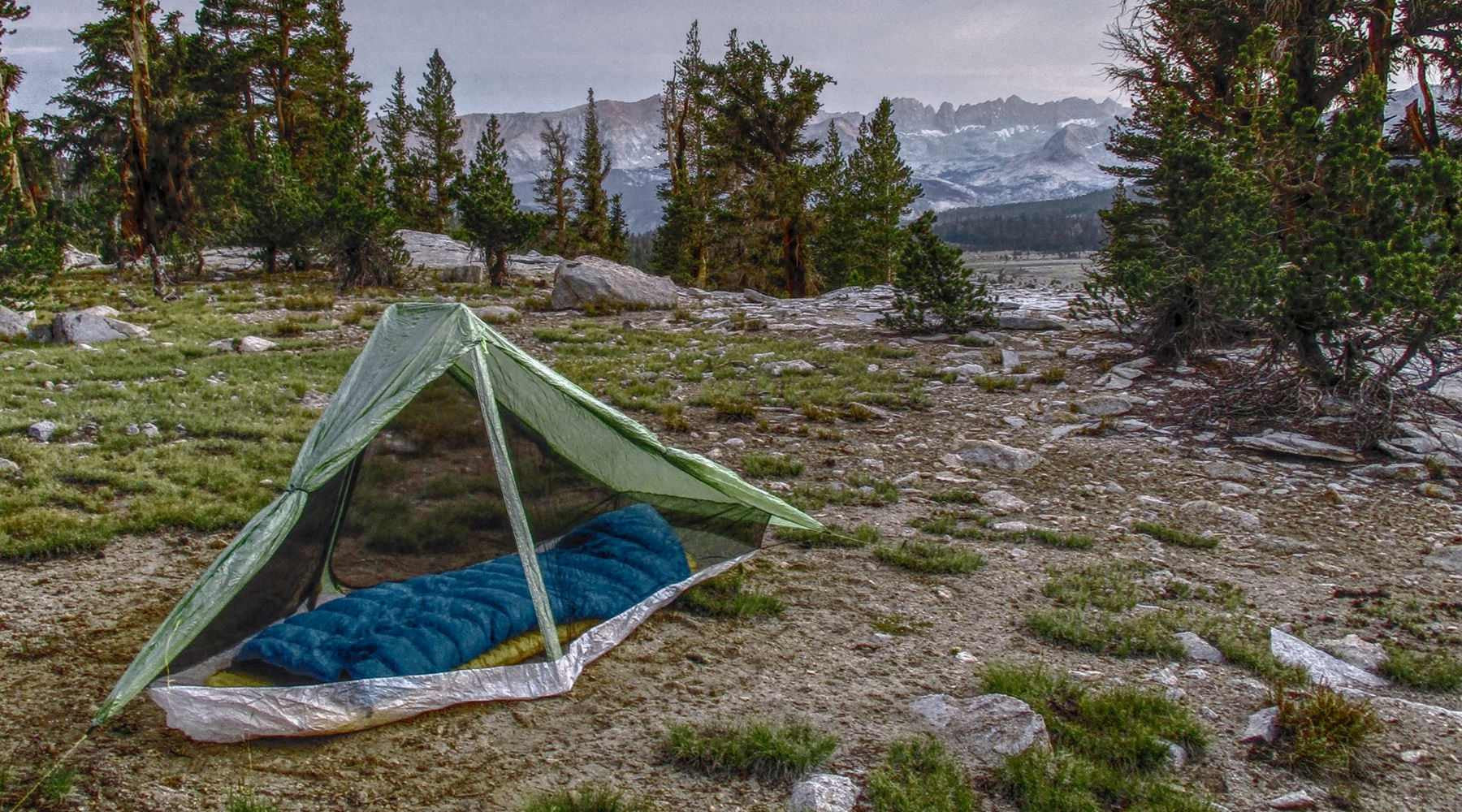
2 comments
Leave a comment
This site is protected by hCaptcha and the hCaptcha Privacy Policy and Terms of Service apply.